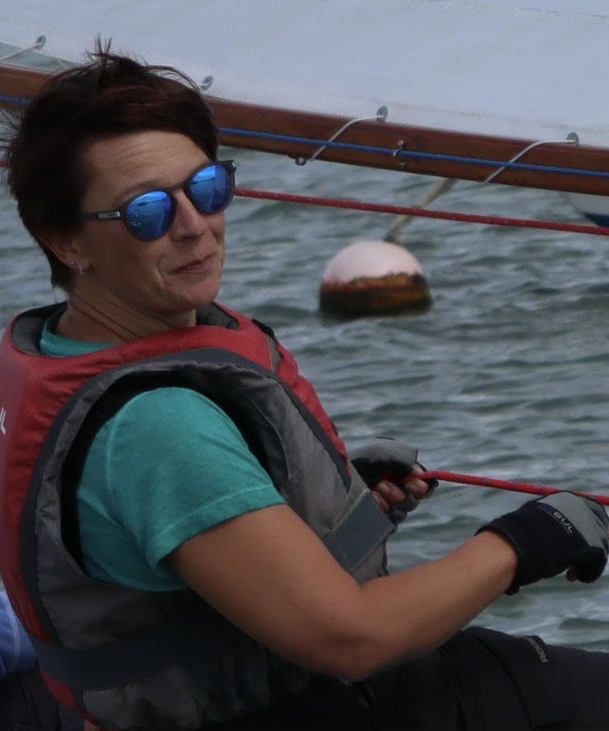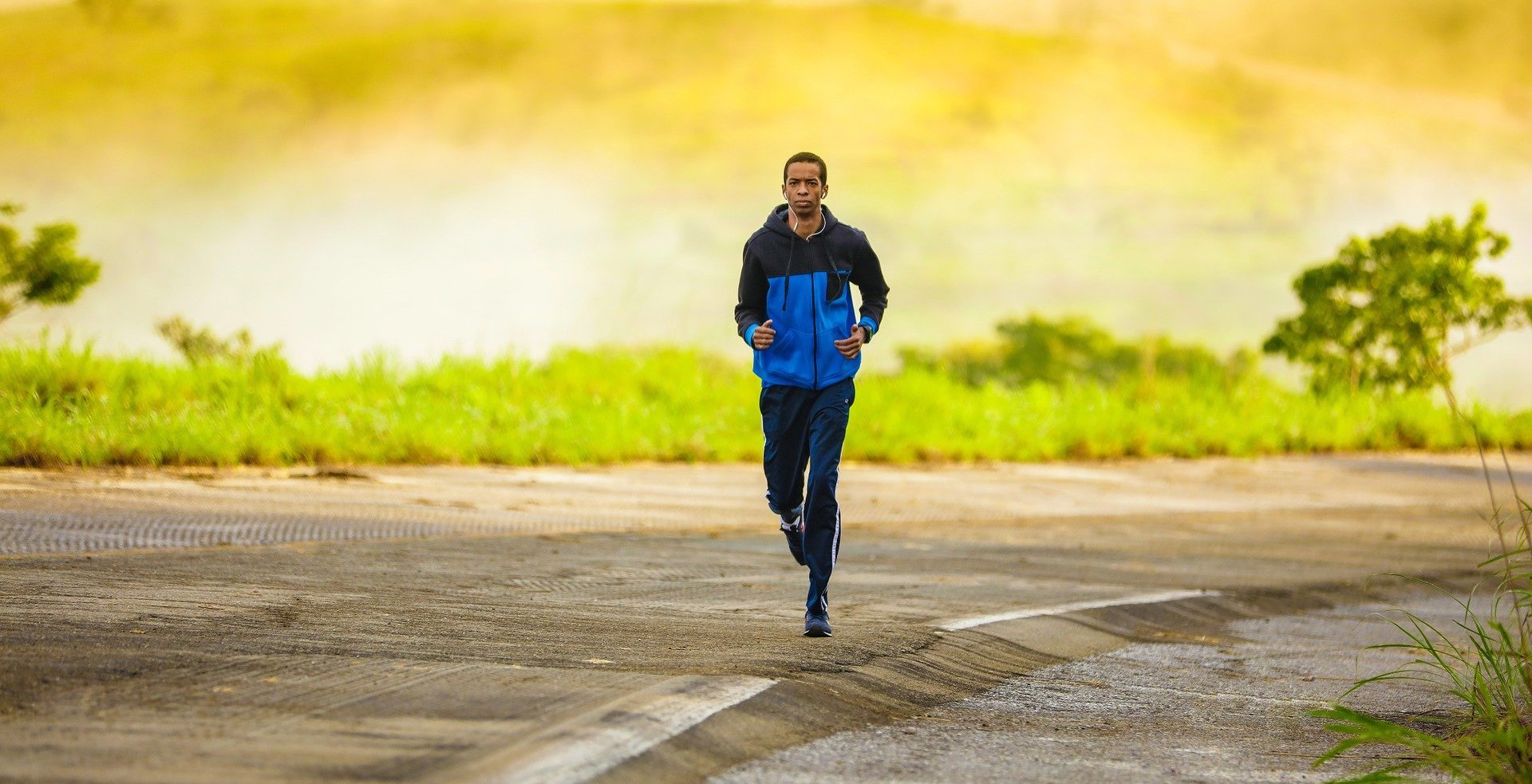Lateral Hip Pain - Greater Trochanteric Pain Syndrome (GTPS)
Posted on 31st May 2021 at 15:19
Greater Trochanteric Pain Syndrome (GTPS) is lateral hip pain which can also radiate into the buttock, groin, ITB area, quads, or hamstrings. The pain can be quite severe and interrupt sleep. Classically it is made worse by walking up and down stairs, sitting crossed legged or high impact activities such as running. During Lockdown we have seen an increase in this type of condition which is often associated with the all or nothing culture of sitting and working at home in front of the PC then engaging in a sudden increase of exercise that the body is not used to.
What Causes Greater Trochanteric Pain Syndrome?
Physiologically GTPS is caused by increased load on the Gluteus Medius, Gluteus Minimus and deeper rotator muscles of the buttock which insert into the greater trochanter located near the top of the thigh bone. Undue stress can be placed on these tendons creating reactivity in the tendon which causes pain or in more advanced cases a tendinopathy that is associated with a structural change in the tendon that can produce pain, weakness, inflammation and even stiffness. Common greater trochanteric pain syndrome symptoms include excessive pain when palpating the tendon insertion, difficulty standing on one leg, pain going up or down stairs and a reduction in gluteal strength.
It can be more prevalent in perimenopausal women where there appears to be a link with hormonal changes. Smoking and diabetes also have detrimental effects on tendons.
Greater Trochanteric Pain Syndrome Treatment
For greater trochanteric pain syndrome treatment to be successful it is important to isolate the cause of tendon overload, which is often an imbalance between the strength / control functions of the lower limb musculature. In the past, we often suggested rest in combination with soft tissue techniques however recent research would suggest that this is not always a successful intervention. Current research and opinion are that it is preferable to avoid aggravating movements or positions that cause excessive pain whilst strengthening the gluteal muscles in a controlled manner to improve tendon strength and movement control so that a return to the patient’s activity of choice is facilitated.
Greater trochanteric pain syndrome exercises typically begin in stationary positions to activate the gluteal muscles with reduced load and then are progressed to more dynamic positions as pain allows. When strength and control improve, exercises are prescribed to become more sport or function specific.
In runners or sports that involve running dynamic pelvic control, stride length and lower limb positioning can also be assessed via slow motion video analysis and tips on running cues that off load the tendon can be given.
There are alternative causes of lateral hip pain which need to be excluded to get accurate diagnosis and treatment to resolve symptoms. The lumbar spine can refer pain to this area and the Sciatic Nerve can be a source of pain as it glides along its course from the lumbar spine though the complex deep gluteal musculature. It is important to consider the hip joint as degenerative changes can also mimic some of the symptoms associated with lateral hip pain or GTPS.
Ninety percent of people with greater trochanteric pain syndrome symptoms recover with conservative treatment. Once you have an understanding of the cause of your symptoms, management and resolution is much easier.
If you feel you are experiencing symptoms that may be related to GTPS and would like further advice, please feel free to contact us or book an appointment.
Author
Jane Marr

Jane qualified as a Physio in 1992 and then undertook an MSc in Neuromusculoskelatal Physiotherapy and is a member of the Manipulative Association of Chartered Physiotherapy.
She has worked in London, initially for the NHS, then in house at Marks and Spencer and Allen and Overy, and in private clinics treating elite rowers. She enjoys helping clients with complex pain pathology and functional rehab.
Outside work she enjoys swimming and sailing.
Tagged as: Lateral thigh pain
Share this post:







